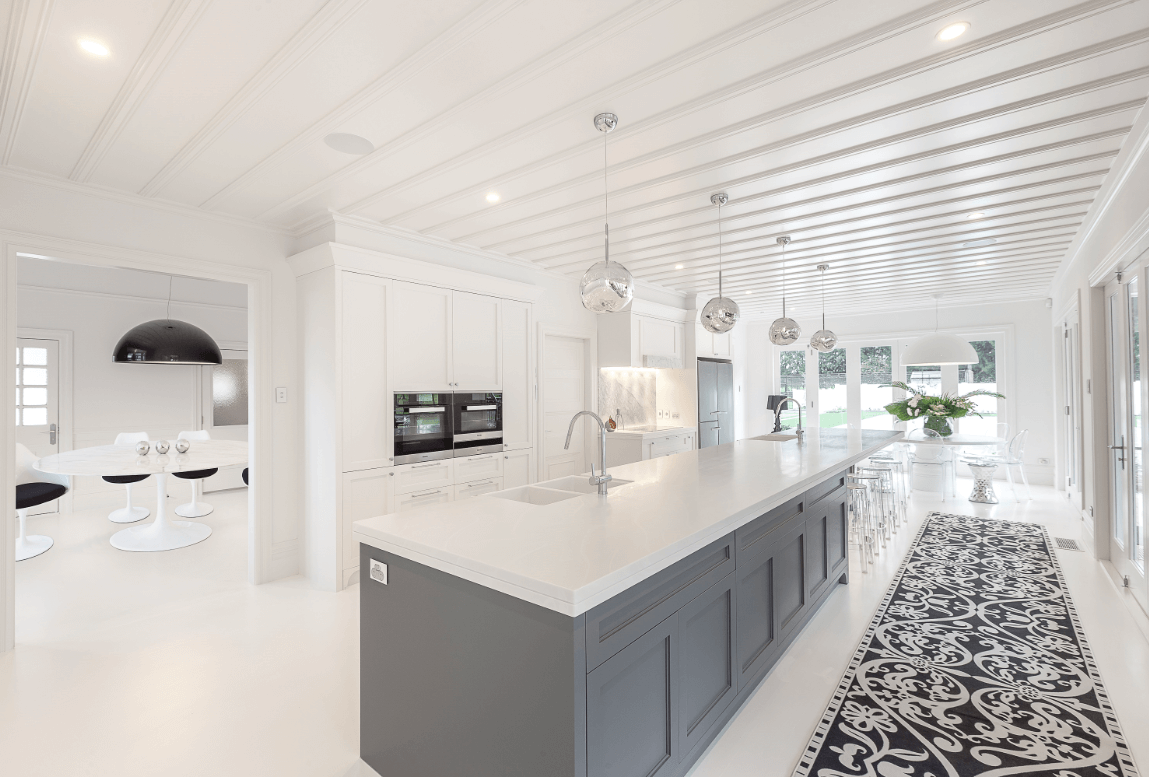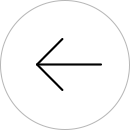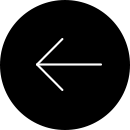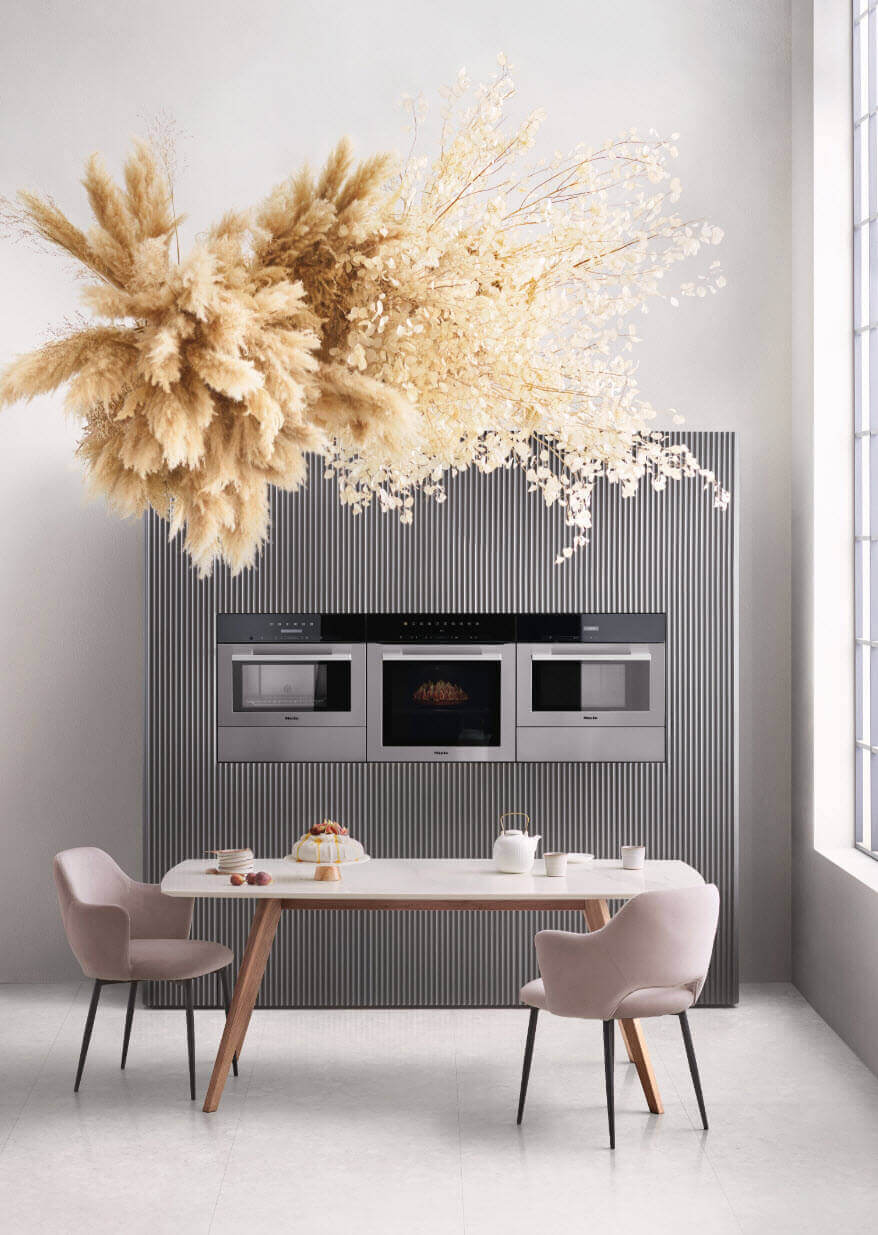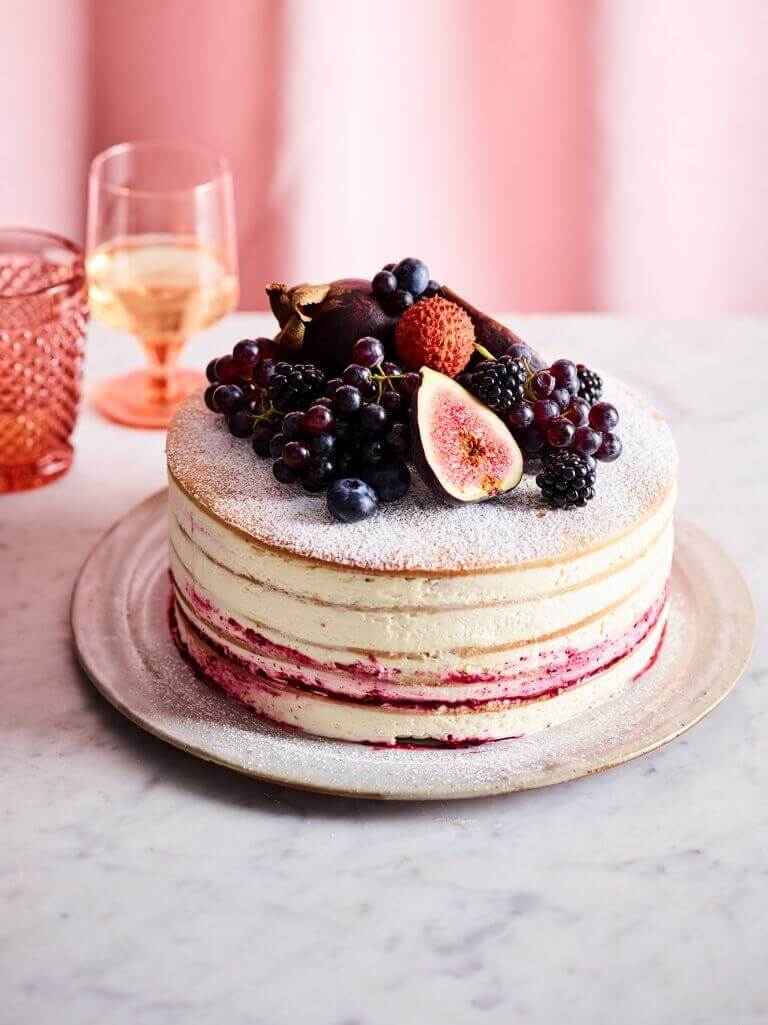Designing a More Sustainable Home – Insights from Award-Winning Designer Mal Corboy
We are all looking for ways to reduce our carbon footprint, but when it comes to home design and renovations – it can be hard to know where to start. Which is why we’ve called in an expert – Miele partner and award-winning designer Mal Corboy.
Read on for eco-friendly and sustainable design insights from Mal.
At Miele, sustainability is entrenched in our values and traditions, and has been since day one. Sharing that passion for sustainability and quality design is award-winning interior designer Mal Corboy. The New Zealand-based and internationally acclaimed designer has been a giant of the industry for over 25 years, and his passion for sustainable design runs deep.
“Design is a passion. It is not a job. It’s so personal the work you are doing [as a designer]. You are going into their most personal space and hopefully redesigning it to make it better.”
Mal’s love of design, as well as an early career as a cabinet maker, put him on a path to running his own interior design business and gaining certification and notoriety in kitchen and bathroom design. Having received 56 design awards from all over the world, it’s safe to say that he knows a thing or two about designing things that stand the test of time.
This month, Miele spoke to Mal to learn more about what it takes to create a sustainable and eco-friendly home, and why there has never been a better time to create a home that is both luxurious and sustainably sourced.
The rise in demand for eco-friendly design
Biodiversity and ecosystems are crucial to the New Zealand landscape, culture, identity and well-being. And consistent wide-spread degradation has caused a large uplift in interest for sustainability.
We are becoming increasingly aware of the impact of our everyday choices on the planet, and with that comes the desire to incorporate more eco-friendly elements into our homes. The good news is that incorporating more sustainable options into our home designs or renovations is becoming more accessible than ever.
From the materials we use, to the appliances we buy and even to the energy we consume, design decisions are by far one of the most powerful ways that we can make positive changes to live a more eco-friendly lifestyle within our own homes.
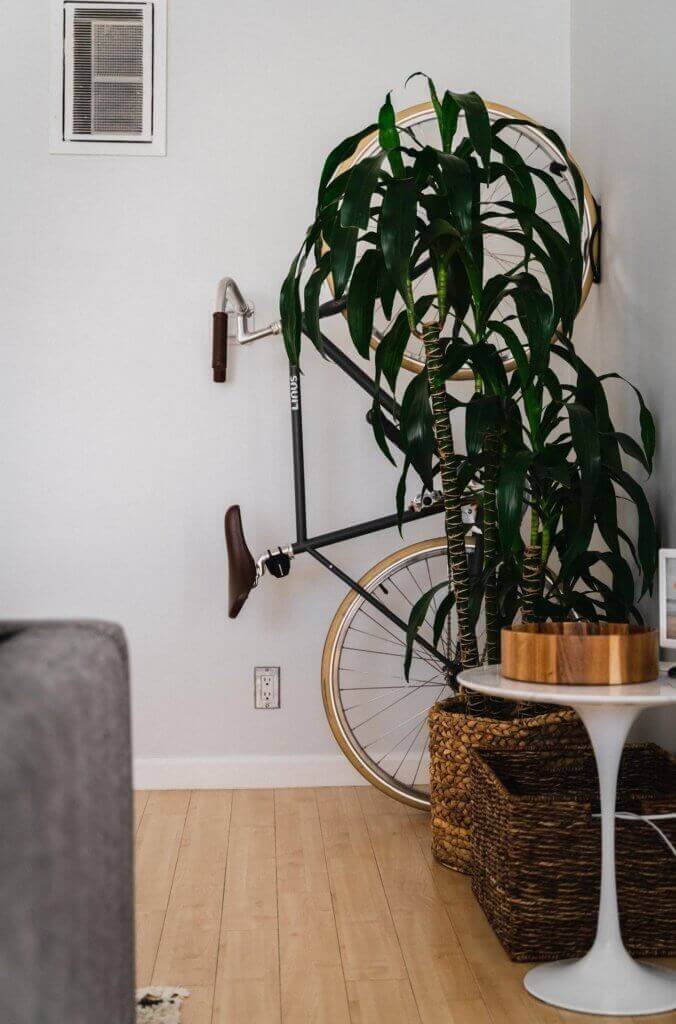
Materials and design options to consider
Ferrock. Bamboo. Timbercrete. Plywood. These are all alternative, sustainable materials that we will see becoming increasingly more common in the construction and design of new homes or renovations. Not only have they been found to significantly decrease the use of water, energy, land, and raw materials required, but they can be used in every aspect of our current or future homes.
“Customers are more and more conscious about sustainability in the home and I am even finding some clients suffering from health issues like asthma, are looking for an environment that is allergen-free. I am looking into antimicrobial and antibacterial materials for clients a lot at the moment.”
When considering the various materials and design options to create a more environmentally-friendly build, the primary focus of a designer needs to be on meeting the needs of its inhabitants, without compromising the environment for future generations. That means, when drawing up initial designs, not going against what nature has already created; respecting environmental principles; and weighing up the costs and social benefits of a construction before it starts.
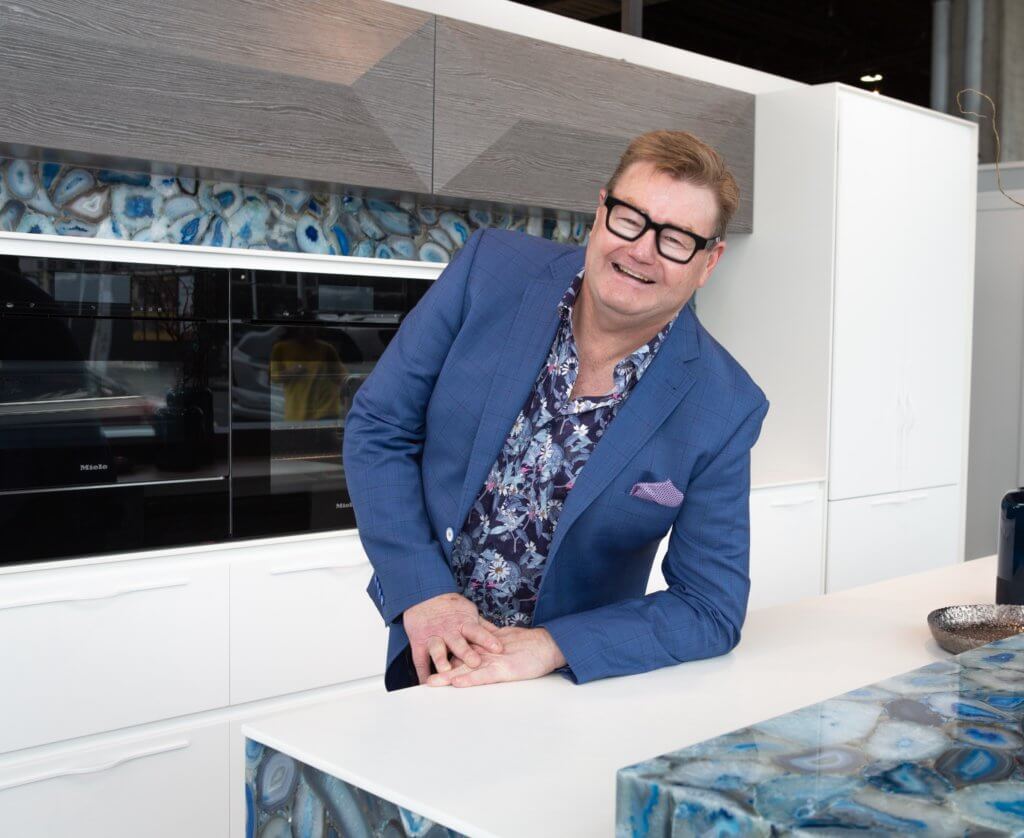
“Most of the materials we use are eco-friendly and rated to the highest sustainability standards. I look at products that are more natural-based; veneers that are sustainably grown as opposed to solid, which is more environmentally conscious. I look at the species of the wood, and the finishes are also important. I am reviewing the lacquers and oils we use to ensure they are more eco-friendly. It’s important to consider all the smaller details, hardware, benchtops, things that are heavily used and need to sustain frequent usage.”
The role of the designer
One of the primary roles of a designer is to solve problems for their customers by providing innovative solutions through a range of products and services. Considering the environmental challenges that our planet is facing due to the irresponsible consumption of natural resources, waste, and unsustainable materials that are not built to last – designers like Mal Corboy play a vital role in coming up with sustainable solutions that lower consumption and create less waste.
“When I first started designing, builders used to pick all the products and appliances and the clients weren’t involved. I now see both the client dictating what they want, and me as the designer recommending what they should consider [from a sustainability perspective].”
When embarking on any kind of new construction, renovation or upgrade, you want to think about how to make the most of your space and how to incorporate the fundamental principles of sustainable design. These include:
- Form;
- Function and usability;
- Cost effectiveness;
- Durability; and
- Renewability
“I love that clients are more involved [these days] and that I can help them think about how they will use [a certain room] now and how they might use it in the future, then help them understand the innovation so that they have range in place for their current and future needs.”
Looking at design from this holistic perspective is critical to creating a more sustainable home from kitchen to garden.
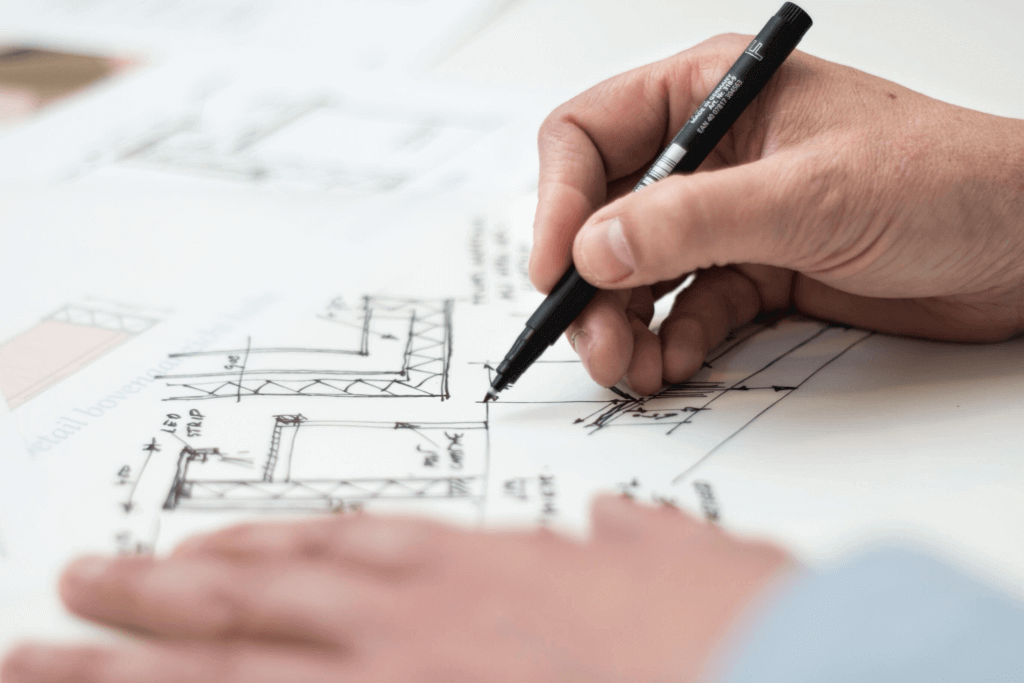
Starting at the heart of the home
By now, most of us are familiar with the sustainability mantra ‘reduce, reuse, recycle’, the basic tenets of which we can minimise waste and to increase a product’s lifecycle. With the kitchen being one of the most used parts of the house, and also one of the places that produces the most waste, it is a good place to start when considering a more sustainable design.
“Looking back 20 years when I first started designing, most kitchens were tiny spaces and didn’t have the room to fit a dishwasher in them. Then 2020 saw us stay at home and people are looking to cook and entertain more at home. That means using the money they might have spent on an overseas holiday, on renovating the heart of their home.”
As Mal says, a sustainable kitchen is, in many ways, the heart of an ‘eco-friendly’ home. When designing your new kitchen, you want to be thinking about: where your materials are from, how long they’ll last, what they’re made of, and where they’ll end up after you’ve used them.
“Utilise sites like TradeMe to repurpose your old kitchen or appliances. The way we’re now designing with integrating a fridge and a dishwasher, I find this is also helping to reduce wastage. These appliances used to move with you, and end up in landfill when they didn’t fit, but now they can stay with the home, so you’re not moving an old appliance around.”
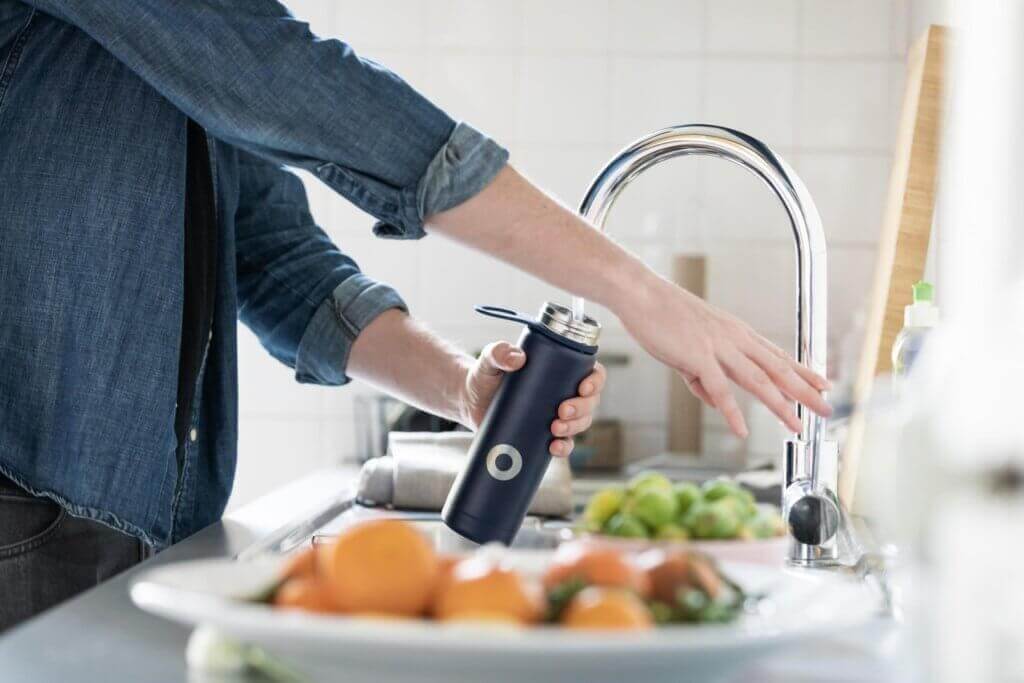
Watch your water waste
Sustainably-designed kitchens need to take into account our conservation efforts as well as the way we use water. A more eco-friendly design might feature appliances such as dishwashers and sink faucets that can be a game changer when it comes to how much water our homes use daily.
“One thing that I believe a customer should always invest in in their kitchen, but that is often overlooked is: tapware! People often go cheap on taps, but a tap is one of the most used things in the whole house. I recommend really investing here for longevity!”
Low-flow faucets are central to a sustainable kitchen, saving about 30 – 50% on your water consumption. But another way to improve the sustainability of your kitchen is by using an energy-efficient dishwasher.
Miele have been manufacturing dishwashers made from quality German engineering since 1929 and we have a passion for creating products that stand the test of time.
Dishwashers can be stacked with features that support sustainability and save energy, including Miele features such as AutoOpen drying innovation, which enables your dishwasher to open automatically at the end of a load, leaving a small gap to allow hot, moist air to escape. There is no pre-rinsing required and our Sensor wash/Automatic programme uses as little as 6.5 litres of water, which is significantly less than filling your kitchen sink.
“The Miele dishwasher just does the job so well. The quietness of this machine, for me, is the key feature. We’re designing a lot of open spaces [at the moment] and when you’ve got a dinner party on, you wouldn’t even know that the dishwasher was running in the background.”
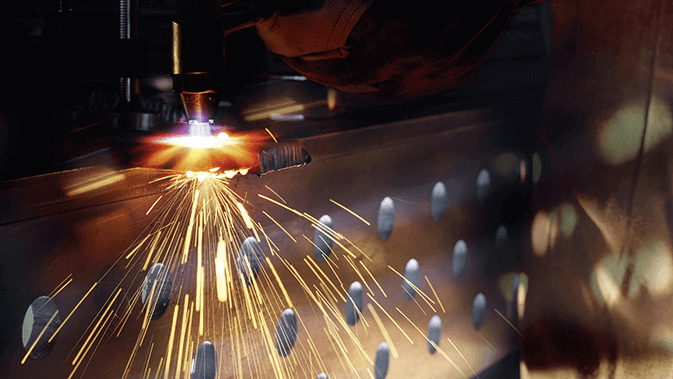
Buy once, buy best
For more than 100 years it has been a proven adage that you can trust Miele and rely on our appliances. We are the only manufacturer in our industry that tests products to the equivalent of up to 20 years’ use. Nothing is more important to us than that you can enjoy Miele for a long time. In that way, sustainability has been part of our design philosophy since day one.
“I tell my clients to look at the longevity of what you’re putting in [to your home]. In terms of your appliances, for example, you don’t want to replace these every couple of years, adding them to landfill. Instead, invest in something that will last longer. You’ll only spend more in the long run by buying cheap appliances that need to be replaced. Think, if you can keep your fridge for 20 years rather than put it into landfill what a difference that can make.”
If you are trying to build a greener home, then using materials and methods that are more environmentally conscious and seeking the expert input of an interior designer can save you money in the long run, help you to invest in quality and reduce your environmental footprint all at the same time.
With energy saving and sustainable solutions across every range, Miele technology truly is Immer Besser (Forever Better).
To read more about Sustainability at Miele, visit: www.mieleexperience.com.au/sustainability
